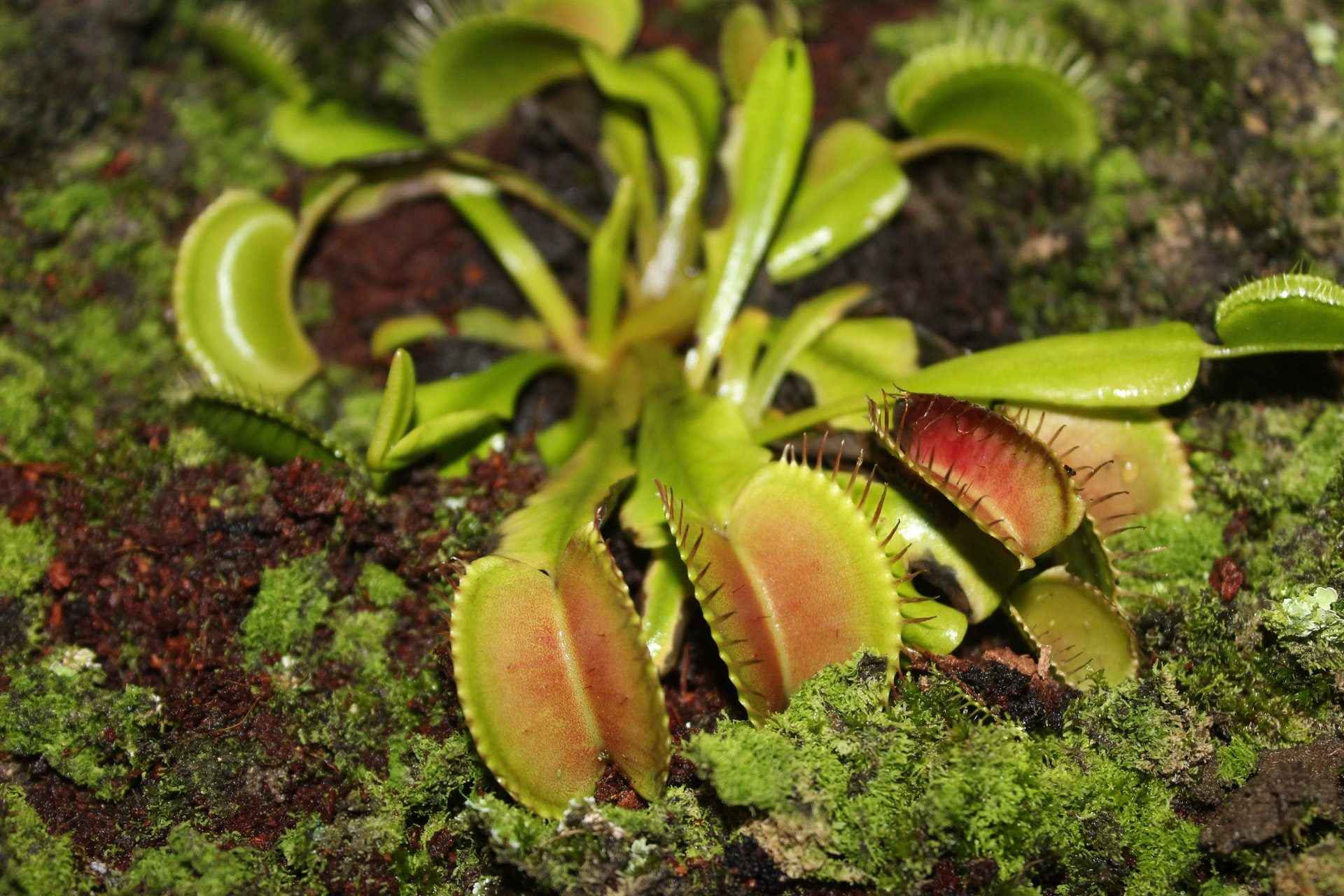Using Venus’ Fly Trap in the Lab
ResourceVenus’ Fly Traps, with their traps that snap shut around the unwary fly, are a wonderful plant for the lab. No wonder Charles Darwin called them ‘one of the most wonderful plants in the world’ and Carl Linnaeus described it as a ‘miraculum naturae’.
One of the SAPS Star Plants for enthusing your students about topics in plant biology.
Practicals
- Topic: For teaching ideas go to Using Carnivorous Plants in the Classroom
- Adaptation: Follow in Darwin’s footsteps and investigate Venus’ Fly Traps
Teaching Topics
- Interdependence
- Adaptation
Image resources
Description
Venus’ Fly Traps, Dionaea muscipula
The Venus’ Fly Trap, found in a very limited area of coastal plains in North and South Carolina, was one of the most exciting discoveries of the 18th century plant hunters, who thought the plants stabbed their victims. Botanists tried for years to safely tranport these marvels back to Europe. Venus’ Fly Traps have underground rhizomes deep in the soil, which allow them to survive the bush fires that occur periodically in this region under natural conditions. However, their natural habitat has been severely eroded by agriculture and building, and by the control of bush fires. The trap itself is a modified leaf, with bristles on its edges, and digestive glands and trigger hairs on the inner surface. The bristles on either side of the leaf are arranged to intermesh when they shut. Embedded glands at the base of the bristles secrete nectar to attract insects.
When an insect lands on the leaf and begins to feed from the nectar, it brushes against the trigger hairs. Endodermal cells at the base of the trigger hair produce an electrical receptor potential that triggers and action otenital in the cells beneath the joint. This action potential is transmitted over the entire leaf at a velocity of about 17 cm/sec. The trap closes only if, within about 30 seconds, two action potentials are triggered at one or two trigger hairs. The trap closes swiftly, probably as a result of a rapid change in the cell pressure of specific cells, but the trap is not yet fully closed. At this point, if trigger hairs continue to be stimulated, or if the plant senses urea or sodium or ammonium ions, the trap will close completely. This means that the trap closes completely only if prey is trapped inside, struggling or excreting feces. The closed trap then fills with digestive fluid, with the plant producing esterases, phosphatases, proteases and nucleases. Digesting a fly takes from 5 to 35 days, and the plant then reabsorbs the digestive fluid and reopens the trap. The trap cannot then be stiumlated for several days. Prey depends on the site and the time of year, but includes wasps, ants, flies, grasshoppers, beetles, butterflies and small spiders.
Growing and sourcing
Adapted to: Open grassland on continually moist sandy soils in North America
Obtaining: South West Carnivorous Plants are an excellent UK supplier and familiar with teachers’ needs
and will provide a starter kit of 3 carnivorous plants with different trapping mechanisms for a reasonable price.
Propagating: Plants can be propagated either by seed, by leaf cuttings (preferable) or by division.
Light: Venus’ Fly Trap need plenty of light, and will suit a sunny windowsill in a warm room. However, in midsummer they may appreciate having a little more shade (perhaps pull them back a little from the window), to prevent the leaves scorching from excess sun.
Compost: Carnivorous plants grow on peat, and this is often recommended for use, despite its environmental issues. The Carnivorous Plant Society suggests that ‘Moorland Gold’, available from online suppliers, mixed with perlite (in the approximate ratio 3 Moorland Gold to 2 perlite) is a suitable sustainable alternative.
Water: Never use tapwater on these plants. They should be watered using rainwater only, by putting the pot into a tray filled with water, rather than by watering from above. Do not allow the compost to become either waterlogged or to dry out.
Temperature: During spring and summer, plants should be kept in a warm, light place, with temperatures at around 20-35 degrees. In winter, plants should go into an unheated room (e.g. a porch), with a temperature range of around 4-10 degrees.
Feeding: These plants will feed themselves, so there is no need for fertiliser.
Eventual size: 10-20cm in diameter.
Note: Each trap leaf can close and open again only a few times before it dies. You may therefore wish to keep these plants out of reach of students, and only bring them in to the lab for demonstrations.
